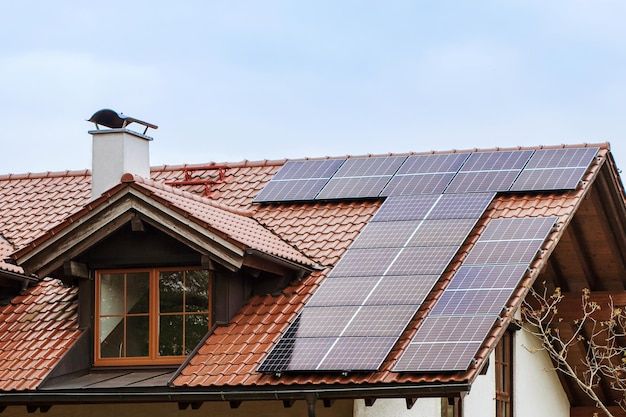Key Factors Affecting Solar Payback Period
1. Upfront Costs vs. Long-Term Savings
The initial cost of solar panels includes equipment, installation, and permits. However, federal tax credits, state incentives, and rebates can significantly reduce this expense. The solar power payback calculator** helps estimate how long it will take to recoup your investment based on these factors.
2. Energy Savings & Electricity Rates
Solar panels generate free electricity, reducing or even eliminating your monthly utility bills. If electricity prices rise, your savings increase, shortening the payback period.
3. Solar Incentives & Tax Credits
The Federal Solar Investment Tax Credit (ITC)** allows homeowners to deduct 30% of their solar installation costs from their federal taxes (as of 2024). Some states offer additional rebates, further improving ROI.
4. System Efficiency & Sunlight Availability
Homes in sunnier regions (like Arizona or California) typically see faster payback periods than those in cloudier areas. High-efficiency panels also generate more power, accelerating savings.
Calculating Your Solar Payback Period To estimate how long it will take for your solar panels to pay for themselves:
1. Total System Cost – Subtract incentives (e.g., $25,000 system – $7,500 ITC = $17,500 net cost).
2. Annual Savings– If your solar panels save $1,500 per year on electricity, divide the net cost by annual savings:
$17,500 ÷ $1,500 ≈ 11.7 years payback period.
Many homeowners see a payback period between 6 to 12 years, with panels lasting 25+ years, meaning over a decade of free electricity after breaking even.
Using a Solar Power Payback Calculator
Online tools like those from the National Renewable Energy Laboratory (NREL)or solar providers can give a personalized estimate by factoring in:
- Local electricity rates
- Solar irradiance in your area
- Financing options (cash purchase vs. solar loans)
Maximizing Your Solar Panel Return on Investment
- Choose high-efficiency panels for better long-term savings.
- Take advantage of net metering (selling excess power back to the grid).
- Monitor system performance to ensure optimal energy production.
Conclusion
The time it takes for solar panels to pay for themselves varies, but most solar systems achieve ROI within 6–12 years With rising energy costs and strong incentives, solar remains a financially sound investment. Use a solar power payback calculator to determine your exact timeline and start saving on energy bills sooner!
Would you like help estimating your solar payback period based on your location and energy usage? Let me know!
